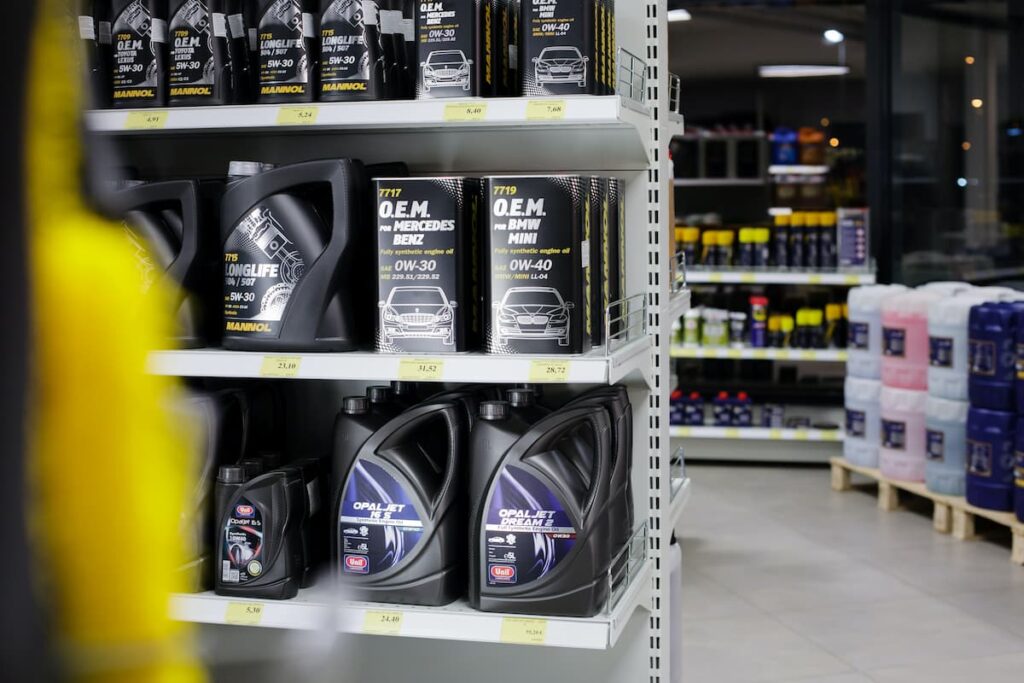Car oil is essential for the functioning of any vehicle. The engine needs it to work, just like antifreeze.
And we can’t deny that some myths arise as time goes by. They’re passed on from one person to another and become, for some, absolute truths. But not everything is what it seems.
Put all your doubts to rest and find out what car oil is and the 7 most common myths.

Car oil: what is it for?
Engine oil is a lubricant that keeps all the engine’s parts oiled. In doing so, it prevents friction, wear and tear on parts and helps maintain the engine’s temperature. Car oil also protects the engine from corrosion and rust.
But that’s not all, because you should add additives to the oil. This is the only way that helps protect the engine.
While the oil keeps the parts lubricated, the additive cleans them — removing impurities and minimizing foam formation.
Now that you understand the basics, it’s time to find out about the biggest myths about car oil.
7 myths about car oil
1. Oil has no impact on engine life
This is a myth.
If the oil’s functions are to reduce friction between engine parts, maintain the engine’s temperature, and keep parts clean, it’s only natural that all this protection increases the engine’s lifespan.
2. Engine oil has no shelf life and doesn’t age
Car oil has a change date, recommended by the brand. If you don’t respect it, the oil loses its properties, compromising the engine.
That’s why you need to change the oil when the deadline approaches (which can be months or years). Sometimes, the deadline may be defined by the number of kilometers you drive.
3. I don’t need to change the oil filter
Myth.
When you change your car’s oil, you should also change the filter, as this part traps particles that damage the engine in the long run (the same goes for the particulate filter, which you should also pay attention to).
Throughout its use, the filter becomes saturated and can even let the oil pass through with all the dirt that comes with it.
To protect your wallet and car, do the following: every time you change the oil, replace the filter as well.
4. There’s no problem if the oil level is low
The low pressure compromises the lubrication if the car oil is below the recommended level. If the oil level is higher than recommended, the oil may leak.
This leakage carries the oil into highly forbidden areas of the car (such as the radiator).

5. I should only change the car oil when the engine’s cold
If the engine’s been off long enough to cool down, the oil won’t have enough viscosity to flow.
You should start the car for a few minutes — so the engine reaches room temperature. This will help the engine oil gain enough viscosity to change it more easily.
6. If the oil’s dark, I need to change it
If your engine oil is dark, it doesn’t mean you have to change it. It’s important to know that synthetic oils are slightly lighter than mineral oils (which depend on where the petrol’s extracted).
7. Can I use the same oil in my car and motorcycle?
No, you can’t.
All cars are different. That’s why you need to choose well when buying car oil. Motorcycle oil has additives that preserve the vehicle’s components; its function is not to cool or lubricate the engine — as with cars.
Don’t fall for the myths. Change your car’s oil and filter at the interval recommended by your vehicle’s brand. That way, you’ll avoid serious problems.

